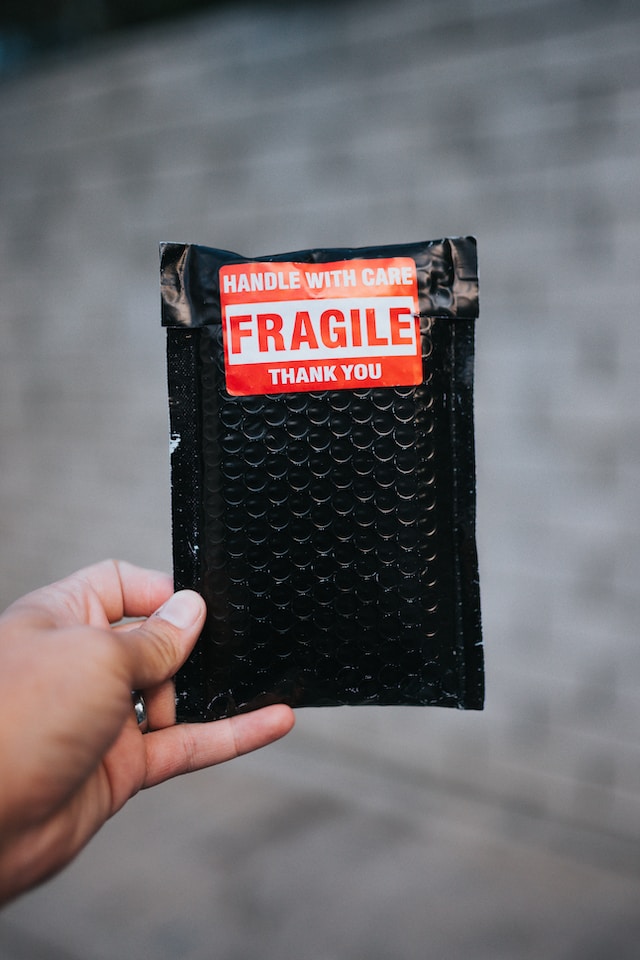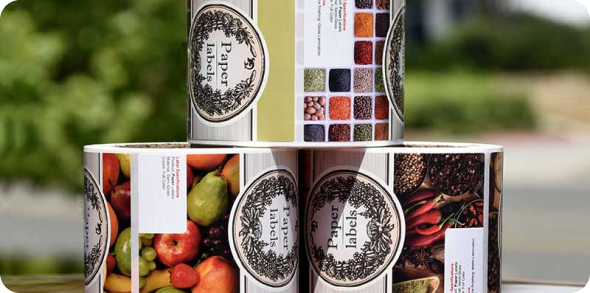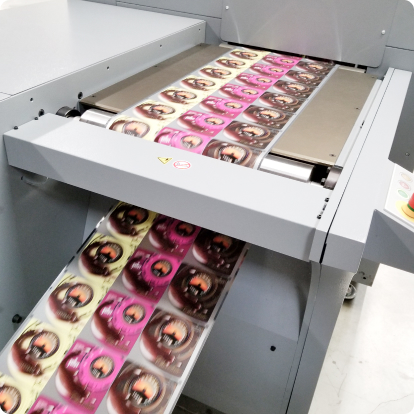White Support Layer or White Mask: Why We Need It and Why It Is Important
In this article, we will speak about something that may seem to be very technical, but it will surely help a lot of people who are in this industry and who deal with this issue often. This article will discuss the white support layer, which is sometimes referred to as a “white mask” or several other names.
What is it and why is it necessary?
As you know, aside from using white materials (such as Semi-Gloss paper, White BOPP, etc.) for roll labels, we also use metallic materials, such as Silver BOPP, Gold Metallized Paper, Holographic BOPP, etc. and transparent materials, eg. Clear BOPP or Chrystal Clear BOPP. What is the issue?
Regardless of the technology, the majority of printing inks, whether they are UV inks, ink cartridges, or something else, are transparent or they have some transparency.
With most technology, black and white are mostly opaque. Therefore, when we print our wonderful artwork on, for example, Silver BOPP, it turns out like this:

We can see that in exchange for transparent paint, our image now has a metallic effect, and the texts and barcodes are difficult to read.
Now, if we want that metallic effect to leave out some details and, also to avoid problems with the text and barcode, we should print White layer behind that part of the artwork, text, and barcode.
In that case, our label will look like this:

As you can see, this looks much better.
When is it used?
As mentioned above, the White support layer is necessary when printing on metallic or transparent materials. We encounter the same problem with both metallic and transparent materials if we do not print on them a White support layer.

There is just one difference: with the transparent label, the color of the surface on which the label will be attached plays an important role. If the surface is white, then we can avoid problems even by not printing anything in white behind the artwork.
However, it is better and more professional for the white support layer to be printed regardless of the surface on which the label will be applied later on.
In this instance, it will look like this:

How to create the correct file for the White support layer
The white support layer either needs to be a separate artboard or separate layer.
The requirements for creating a white support layer for metallic and transparent files differ slightly from one another.
You can read more about how to prepare these files in the “White Support Layer Preparation” section: https://quadlabels.com/design-specs/



